Table
Microsoft Office is a suite of productivity software that includes various applications such as Microsoft Word, Microsoft Excel, Microsoft PowerPoint, and Microsoft Access. In the context of your question about tables, I will provide information on how to create and work with tables in Microsoft Word and Microsoft Excel. Creating and Formatting Tables in Microsoft Word: Open Microsoft Word and start a new document. Place the cursor where you want to insert the table. Click on the "Insert" tab in the ribbon at the top. In the "Tables" group, click on the "Table" button. A grid will appear where you can specify the number of rows and columns for your table. Click to select the desired size. The table will be inserted into your document. You can click inside each cell to enter text or data. To format the table, you can use the options in the "Table Design" and "Table Layout" tabs that appear when you select the table. You can change the table's appearance, add or delete rows and columns, merge or split cells, and apply various formatting options. Creating and Formatting Tables in Microsoft Excel: Open Microsoft Excel and start a new workbook or open an existing one. Click on the cell where you want to insert the table. Click on the "Insert" tab in the ribbon at the top. In the "Tables" group, click on the "Table" button. A dialog box will appear with the range of cells selected. Ensure that the range is correct and click on the "OK" button. The table will be inserted, and the "Table Tools" tab will appear in the ribbon. You can enter data into the table and use the formulas and functions provided by Excel to perform calculations. To format the table, you can use the options in the "Table Styles" group on the "Table Tools" tab. You can choose predefined table styles or customize the formatting according to your needs. These instructions provide a basic overview of creating and formatting tables in Microsoft Word and Excel. Both applications offer additional features and options for working with tables, depending on your specific requirements.
مائیکروسافٹ آفس پیداواری سافٹ ویئر کا ایک مجموعہ ہے جس میں مائیکروسافٹ ورڈ، مائیکروسافٹ ایکسل، مائیکروسافٹ پاورپوائنٹ، اور مائیکروسافٹ رسائی جیسی مختلف ایپلی کیشنز شامل ہیں۔ میزوں کے بارے میں آپ کے سوال کے تناظر میں، میں مائیکروسافٹ ورڈ اور مائیکروسافٹ ایکسل میں ٹیبل بنانے اور ان کے ساتھ کام کرنے کے بارے میں معلومات فراہم کروں گا۔
مائیکروسافٹ ورڈ میں ٹیبلز بنانا اور فارمیٹنگ کرنا:
Microsoft Word کھولیں اور ایک نئی دستاویز شروع کریں۔
جہاں آپ ٹیبل ڈالنا چاہتے ہیں وہاں کرسر رکھیں۔
سب سے اوپر ربن میں "داخل کریں" ٹیب پر کلک کریں.
"ٹیبلز" گروپ میں، "ٹیبل" بٹن پر کلک کریں۔
ایک گرڈ ظاہر ہوگا جہاں آپ اپنی میز کے لیے قطاروں اور کالموں کی تعداد بتا سکتے ہیں۔ مطلوبہ سائز منتخب کرنے کے لیے کلک کریں۔
ٹیبل آپ کے دستاویز میں داخل کیا جائے گا۔ آپ ٹیکسٹ یا ڈیٹا داخل کرنے کے لیے ہر سیل کے اندر کلک کر سکتے ہیں۔
جدول کو فارمیٹ کرنے کے لیے، آپ "ٹیبل ڈیزائن" اور "ٹیبل لے آؤٹ" ٹیبز میں موجود اختیارات استعمال کر سکتے ہیں جو آپ کے ٹیبل کو منتخب کرنے پر ظاہر ہوتے ہیں۔
آپ ٹیبل کی ظاہری شکل کو تبدیل کر سکتے ہیں، قطاروں اور کالموں کو شامل یا حذف کر سکتے ہیں، سیلز کو ضم یا تقسیم کر سکتے ہیں، اور فارمیٹنگ کے مختلف اختیارات کا اطلاق کر سکتے ہیں۔
مائیکروسافٹ ایکسل میں ٹیبلز بنانا اور فارمیٹنگ کرنا:
Microsoft Excel کھولیں اور ایک نئی ورک بک شروع کریں یا موجودہ کو کھولیں۔
اس سیل پر کلک کریں جہاں آپ ٹیبل ڈالنا چاہتے ہیں۔
سب سے اوپر ربن میں "داخل کریں" ٹیب پر کلک کریں.
"ٹیبلز" گروپ میں، "ٹیبل" بٹن پر کلک کریں۔
منتخب کردہ سیلز کی رینج کے ساتھ ایک ڈائیلاگ باکس ظاہر ہوگا۔ یقینی بنائیں کہ رینج درست ہے اور "OK" بٹن پر کلک کریں۔
ٹیبل داخل کیا جائے گا، اور ربن میں "ٹیبل ٹولز" ٹیب ظاہر ہوگا۔
آپ ٹیبل میں ڈیٹا داخل کر سکتے ہیں اور حسابات کرنے کے لیے Excel کے فراہم کردہ فارمولوں اور افعال کو استعمال کر سکتے ہیں۔
ٹیبل کو فارمیٹ کرنے کے لیے، آپ "ٹیبل ٹولز" ٹیب پر "ٹیبل اسٹائلز" گروپ میں اختیارات استعمال کر سکتے ہیں۔ آپ پہلے سے طے شدہ ٹیبل اسٹائل کا انتخاب کرسکتے ہیں یا اپنی ضروریات کے مطابق فارمیٹنگ کو اپنی مرضی کے مطابق کرسکتے ہیں۔
یہ ہدایات مائیکروسافٹ ورڈ اور ایکسل میں ٹیبل بنانے اور فارمیٹ کرنے کا بنیادی جائزہ فراہم کرتی ہیں۔ دونوں ایپلیکیشنز آپ کی مخصوص ضروریات کے مطابق ٹیبل کے ساتھ کام کرنے کے لیے اضافی خصوصیات اور اختیارات پیش کرتی ہیں۔


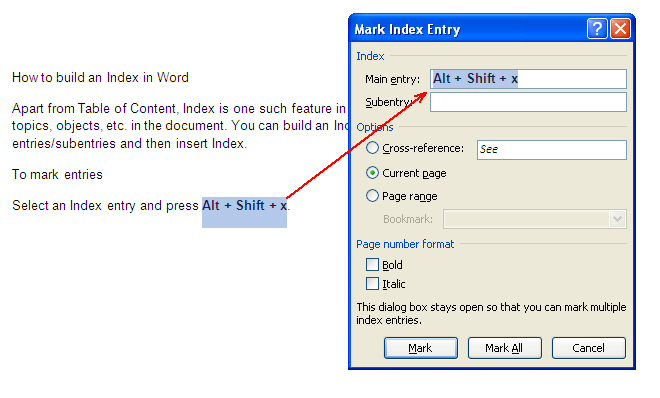
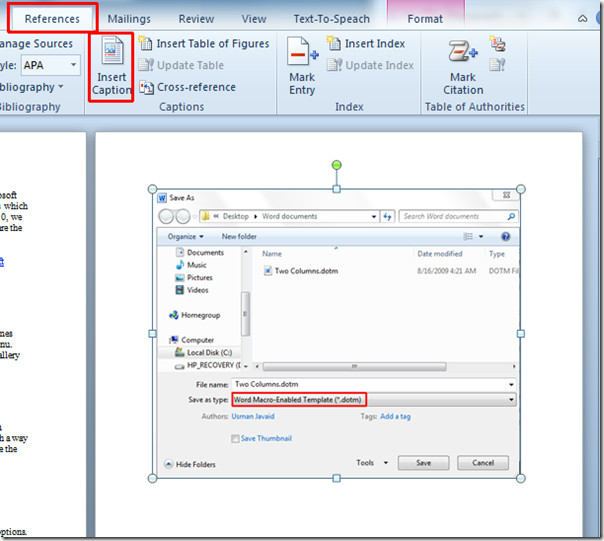
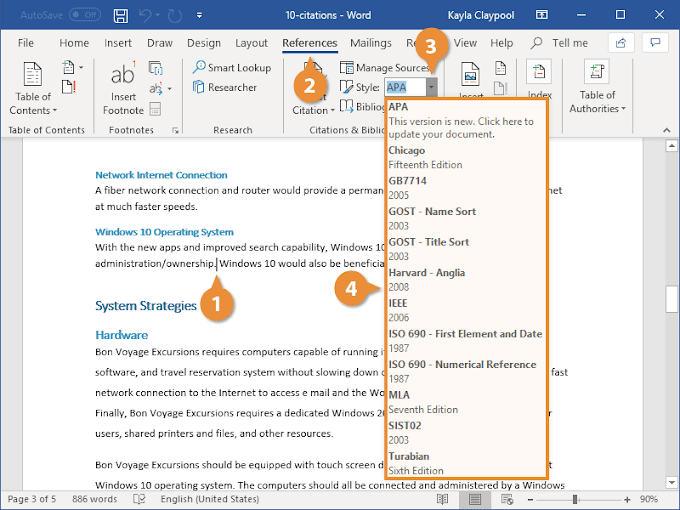
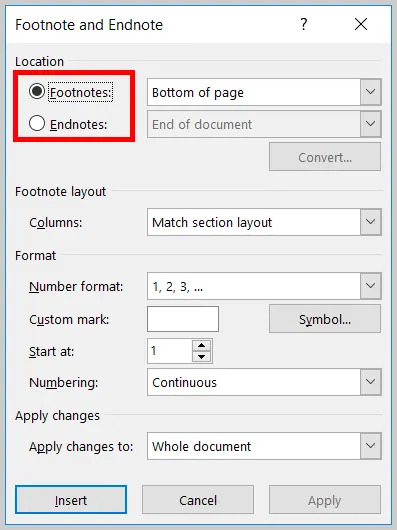
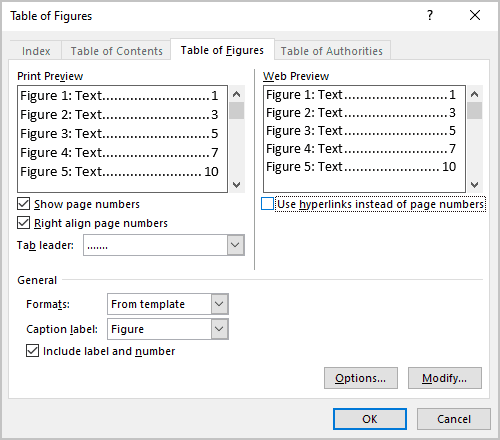
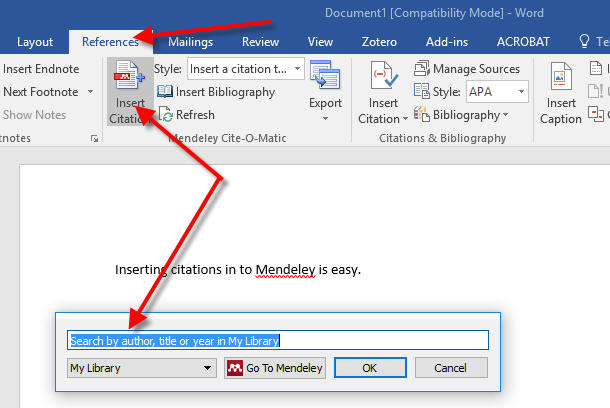
0 Comments